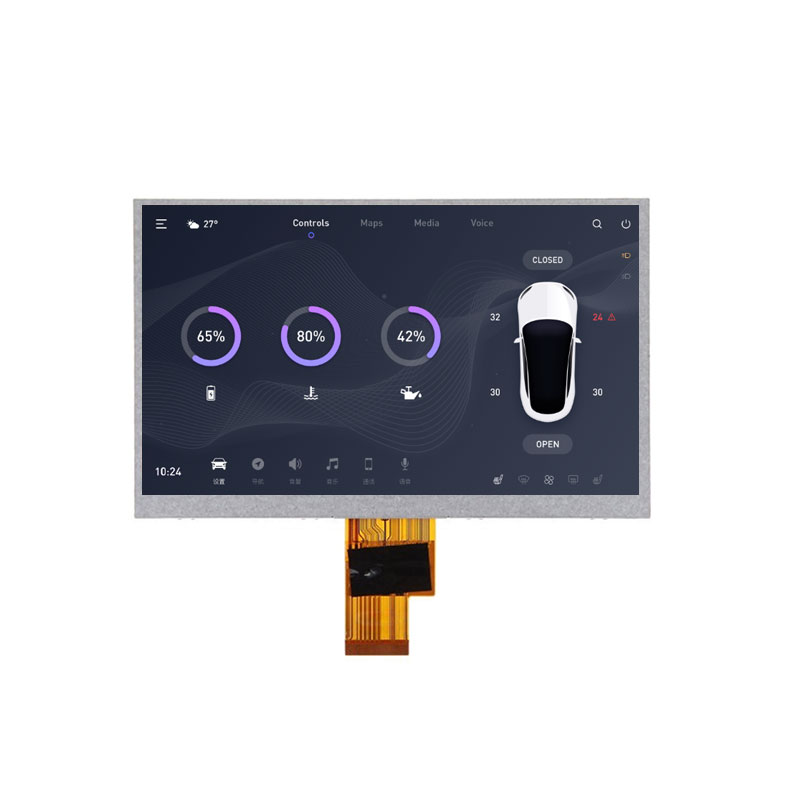Distinctive Working Principles and Applications of Transmissive, Reflective, and Transflective Displays

Displays come in various types, including transmissive, reflective, and transflective, each with unique working principles and applications. Here's a detailed explanation of their differences and connections:
Differences
Transmissive Displays
Working Principle: Rely on backlight sources (e.g., LEDs) to emit light that passes through the liquid crystal cell for image modulation. The liquid crystal display module consists of a backlight source and a display panel. The display panel does not emit light but modulates the stable light source provided by the backlight source, primarily distinguishing brightness changes and adding color.
Characteristics: Require external lighting, offer high contrast, and vivid colors, suitable for indoor and well-lit environments.
Digital Information: No specific transmittance value is provided, but transmissive displays generally have high brightness and contrast.
Reflective Displays
Working Principle: Do not require backlight and instead modulate images by reflecting ambient light through the liquid crystal cell. Reflective materials are installed below the liquid crystal panel, replacing the light-emitting materials of transmissive displays. In sufficient ambient light, the reflected light from the mirror surface illuminates the screen.
Characteristics: Rely on ambient light, providing clear and bright displays when the backlight is off and ambient light is sufficient; however, the display effect decreases in insufficient ambient light.
Digital Information: No specific transmittance value, but the visibility of reflective displays is closely related to the intensity of ambient light.
Transflective Displays
Working Principle: Combine the features of transmissive and reflective displays. Equipped with a reflective liquid crystal panel with a light-emitting plate under the liquid crystal panel, it can emit uniform illumination when the backlight is on and reflect ambient light when the backlight is off.
Characteristics: Can utilize reflected light in sufficient light and backlight illumination in insufficient light. However, the display effect is typically inferior to pure reflective displays when the backlight is off.
Digital Information: No specific transmittance value, but the display effect of transflective displays depends on the combined effect of backlight and ambient light.
Connections
All three display technologies are crucial branches of liquid crystal display (LCD) technology, used to regulate and control the propagation of light to form images. They all rely on the properties of liquid crystal materials to achieve image display, differing only in how they utilize or generate light. Each has its advantages and limitations in specific applications, such as transmissive displays suitable for indoor and well-lit environments, reflective displays more suitable for outdoor and energy-saving applications, and transflective displays aiming to strike a balance between the two.
Summary
Transmissive, reflective, and transflective displays differ in working principles, characteristics, and applications, but all are based on LCD technology. Their primary distinction lies in how they process and utilize light to form images and their display effects under different environmental conditions. When choosing a display type, it's essential to weigh and select based on specific application needs and environmental conditions.
Eurotech is a worldwide supplier and exporter of electronic components, specializing in ICs, LCDs, Memory, Chips, computer parts, networking equipments and other passive components.
Tel: (86) 755 83952292
E-mail: global08@eurotech-ic.com
https://www.eurotech-ic.com/